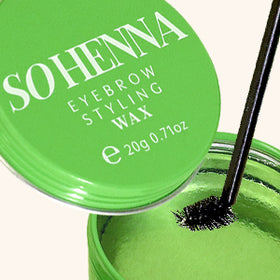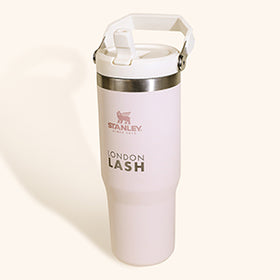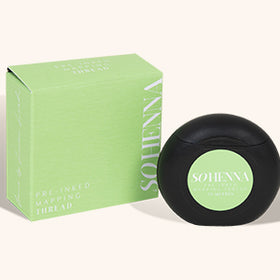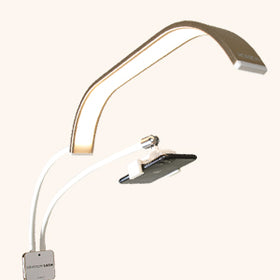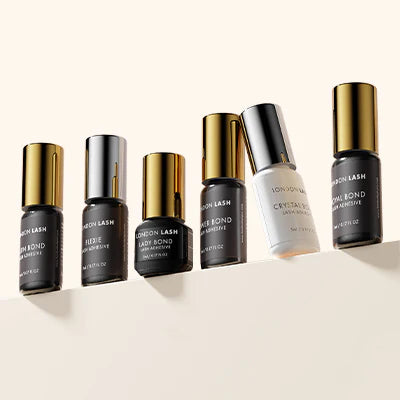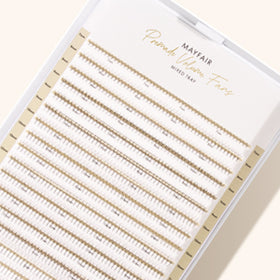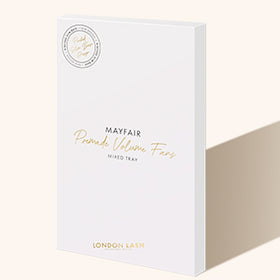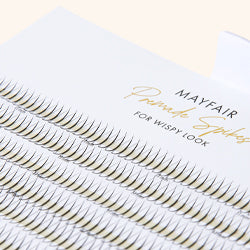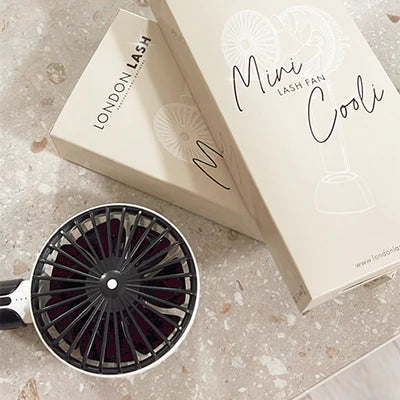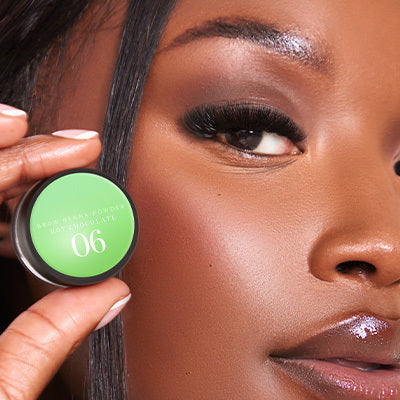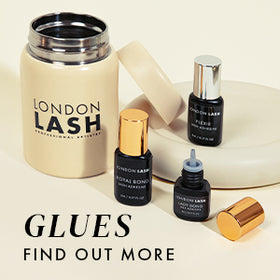Caring For Lash Glue Is Important
Glue for eyelash extensions is just as necessary as the lashes themselves, but isn’t it difficult? If you’re monitoring your room temperature and humidity levels consistently and keeping your glue in the right places, you may find that you’re still having some trouble with the nozzle getting stuck to the lid, or the glue becoming stringy inside the bottle, but how can that be? And how can you fix it?

Are You Actually Storing It Properly?
Yes, keeping your lash glue somewhere cool after you have opened it is ideal; so what better place than the fridge, right? WRONG! The fridge is cool, we don’t dispute that but the fridge is also incredibly humid and leads to condensation forming on the bottle when it comes up to room temperature. Condensation is obviously formed of water droplets – which as we all know is what cures the glue – so if we allow this to come into direct contact with our glue, we’re going to be dispensing stringy glue at best.
That being said, it’s really important to keep your glue away from sources of heat too, as this can have a similar effect. Try to keep your lash glue away from sources of heat and direct sunlight. If you’re a mobile technician, get into the habit of taking your glue indoors with you, and never leave it in your car overnight. The absolute best glue storage is an Airtight Container which will keep your glue in a cool, dry place away from any direct sunlight.
When storing glue, it’s best to keep it upright. We send all of our glues in a resealable aluminium pouch to make storage easy for you – we even send a little silica gel packet inside the pouch to absorb any stray moisture. If you have more than one glue though, you’re likely to want to condense your collection into a more compact storage solution. Store your glue in the Airtight Container which can fit up to six eyelash glues for best results and put those little silica gel pouches inside the container to absorb any moisture. Failing that, some uncooked rice will do a very similar job.

Are You Taking Care of Your Nozzle?
Taking care of your glue’s nozzle is very important. If your nozzle gets a build up of lash glue around it you run the risk of moisture getting into the bottle due to it no longer being airtight, or quite the opposite with the lid getting stuck on there.
When you shake your glue, take the lid off – this might seem horrendously counterintuitive but you’re still going to cover the nozzle. Take a small piece of foil, or better yet a Glue Nozzle Wipe, and cover the very tip of the nozzle while you shake the bottle if you’re shaking by hand. This will prevent the glue from burping into the lid when you finish shaking it so will keep the inside of the lid clean. If the glue has cured over the nozzle, remember a Glue Rescue Kit is always a safe option to get your glue bottle back to its original state.

Another Note About Shaking…
Shaking by hand is time consuming and, to be honest, unnecessary. A Glue Shaker is going to make your life much easier where shaking is concerned, in that it mixes your glue perfectly in as few as 5-20 seconds, and also prevents your glue from getting into the nozzle due to them using centrifugal action to combine the lash adhesive.
How Are You Dispensing Your Glue?
It’s very easy to want to squeeze your glue out of the bottle but we advise that instead, you let gravity do the work for you. By letting your glue make its own way out of the bottle, you’ll get less air being sucked back into the bottle, meaning less humidity from the air, and less chance of that air then needing to escape from the nozzle once you’ve replaced the lid and burping some glue out with it.

On the subject of burping, after you dispense your glue you should give your glue a littletap tap tap on your trolley or table before you replace the lid, this allows any air that’s gotten into the nozzle to escape and with the lid off, the glue will only get on the nozzle and not into the lid, meaning you’ll have a super easy time wiping away the glue residue with a wipe.
All in all, the way that you take care of your glue has as much impact on the way it performs as the room conditions during use – take great care of your glue and you’re far less likely to have any issues with performance (unless of course you’re not carrying out the right Pretreatment, which you can read all about here.)
